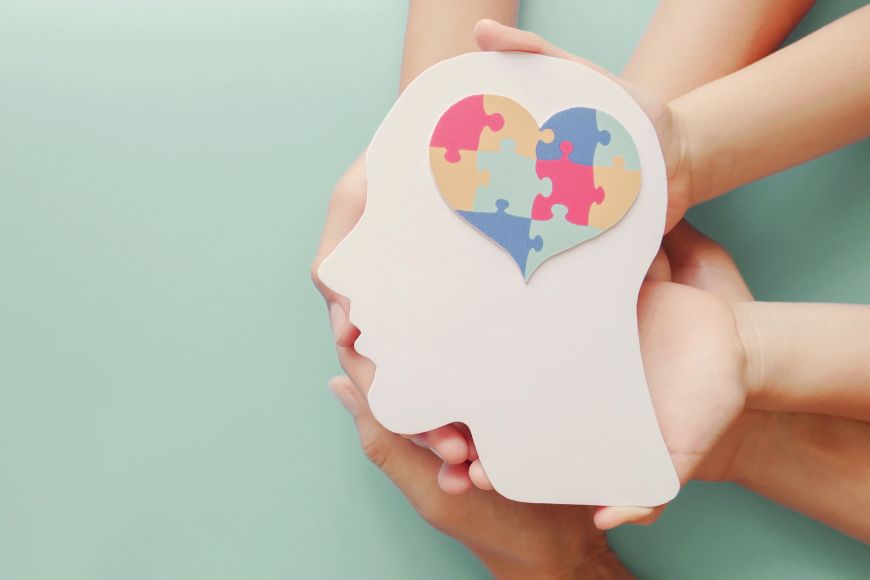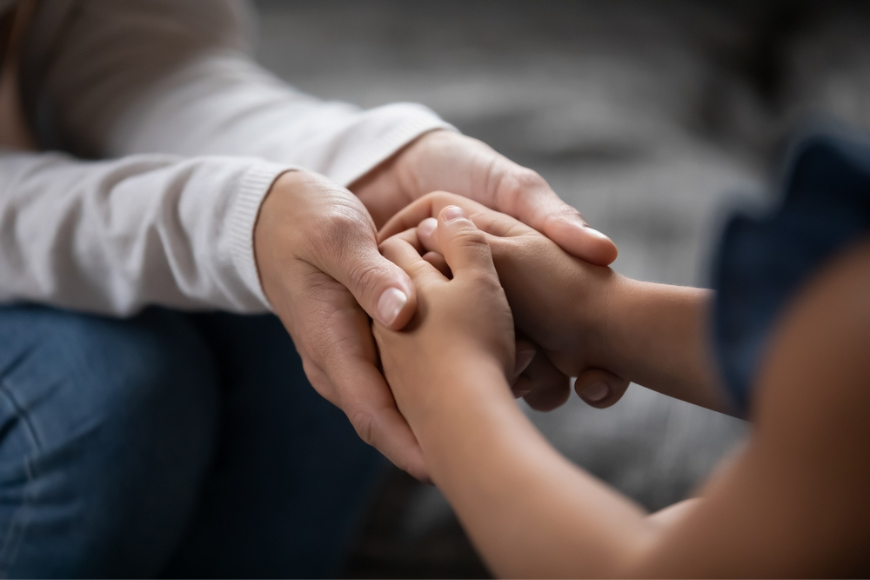The overview and history and development of Azeri education and also an overview of Azeri universities.
18 November 2013
| Last updated on 27 June 2017
History
In the pre-Soviet period, Azerbaijani education included intensive Islamic religious training that commenced in early childhood. Beginning at roughly age five and sometimes continuing until age twenty, children attended madrasahs, education institutions affiliated with mosques. In the seventeenth and eighteenth centuries, madrasahs were established as separate education institutions in major cities, but the religious component of education remained significant. In 1865 the first technical high school and the first women's high school were opened in Baku. In the late nineteenth century, secular elementary schools for Azerbaijanis began to appear (schools for ethnic Russians had been established earlier), but institutions of higher education and the use of the Azerbaijani language in secondary schools were forbidden in Transcaucasia throughout the tsarist period. The majority of ethnic Azerbaijani children received no education in this period, and the Azerbaijani literacy rate remained very low, especially among women. Few women were allowed to attend school.
In the Soviet era, literacy and average education levels rose dramatically from their very low starting point, despite two changes in the script, from Arabic to Latin in the 1920s and from Latin to Cyrillic in the 1930s. According to Soviet data, 100 percent of males and females (ages nine to forty-nine) were literate in 1970. According to the United Nations Development Program Report 2009, the literacy rate in Azerbaijan is 99.5 percent.
During the Soviet period, the Azerbaijani education system was based on the standard model imposed by Moscow, which featured state control of all education institutions and heavy doses of Marxist-Leninist ideology at all levels.
Since independence, one of the first laws that Azerbaijan's Parliament passed was to adopt a modified-Latin alphabet to replace Cyrillic. Other than that the Azerbaijani system has undergone little structural change. Initial alterations have included the reestablishment of religious education (banned during the Soviet period) and curriculum changes that have reemphasized the use of the Azerbaijani language and have eliminated ideological content. In addition to elementary schools, the education institutions include thousands of preschools, general secondary schools, and vocational schools, including specialized secondary schools and technical schools.
Education through the eighth grade is compulsory. At the end of the Soviet period, about 18 percent of instruction was in Russian, but the use of Russian began a steady decline beginning in 1988. Today English and Russian are taught as second or third languages.
The general education field operates in accordance with the Constitution, Education Act of the Republic of Azerbaijan, relevant decrees, orders and decisions, Regulations of the Ministry of Education and other normative documents. The key development priorities for the general education are democratizing educational management and increasing independence, creativity, initiatives and responsibility of education departments (units) and institutions. Moreover, the organization of mental health services and social - pedagogy care, study and dissemination of advanced pedagogical practice, identification and development of talented children and pupils, achievements in pedagogical and psychological sciences, promotion of advanced work methods of innovative teachers, educators, personnel of education institutions and strengthening of educational and material base of education establishments jointly with relevant departments of the Ministry have always been kept under control.
The main goals of the general education system are to improve academic achievement of pupils, use teaching and material resources expediently, provide opportunities for creative activities of heads, teachers and educators of boarding schools and orphanages, as well as eliminate existing shortcomings.
Russian, English, French, German, Talish, Avarian, Lezgian, Hebrew, Sakhur, Khinalig, Udin and Kurdish languages are taught at comprehensive schools of the Republic of Azerbaijan as a free subject along with Azeri language.
Successive steps have been taken in the general education field in recent years to set up new education institutions, attract working young people to schooling, carry out important measures to provide school-age children with education, as well as prepare a socio-economic development plans and relevant reform programs. The pilot inclusive education projects are implemented in Azerbaijan based on the international practice. The organization of seminars, meetings and conferences, as well as development of relevant cooperation with other ministries, international humanitarian and local public organizations ensure the dynamic development of the general education field.
The implementation of measures to be implemented at the executive plan of Curriculum Reform Sub-component within the Education Sector Development Project, development of creative potential of children (youth) with special talent, realization of Actions Plan for execution of State Program for the placement of children living in state-owned institutions in families (deinstitutionalization) and Alternative Care, execution of obligations on conduction of centralized exams, analyzing the situation concerning results for admission of students to universities, as well as preparation of relevant offers, etc. require special attention. Moreover, relevant works are taken to apply a new subject curriculum.
In addition, the works are carried out to organize high level subject Olympiads to identify talented pupils, and relevant steps are taken to ensure the participation of our team in the World Olympiads in 5 subjects (mathematics, physics, chemistry, biology and computer science). The contest held each year in accordance with the executive order of President of the Republic of Azerbaijan on launching Best School and Best Teacher Award promotes the development of secondary school system, and provides additional measures for the activity of education institutions and teachers.third languages.
For more info: http://edu.gov.az/view.php?lang=en&menu=99
Universities
There are 36 state-run and 15 private universities in Azerbaijan. The ministry-released reports state that in 2009 20,953 undergraduate students and 3,526 graduate students entered in universities nation-wide. Currently, there are 104,925 undergraduate and graduate students, studying in higher education institutions, excluding the specialized higher education schools. Universities employ 11,566 professors and 12,616 faculty members in the country. Because Azerbaijani culture has always included great respect for secular learning, the country traditionally has been an education center for the Muslim peoples of the former Soviet Union. For that reason and because of the role of the oil industry in Azerbaijan's economy, a relatively high percentage of Azerbaijanis have obtained some form of higher education, most notably in scientific and technical subjects. Several vocational institutes train technicians for the oil industry and other primary industries.
The most popular institutions of higher education are the Baku State University, Azerbaijan State Oil Academy (ASOA), Qafqaz University, Khazar University, Azerbaijan Technical University, the Pedagogical Institute, Mirza Fath Ali Akhundzade Pedagogical Institute for Languages, Azerbaijan Medical University, Uzeyir Hajibayov Baku Academy of Music. Much scientific research, which during the Soviet period dealt mainly with enhancing oil production and refining, is carried out by Azerbaijan National Academy of Sciences, which was established in 1945.
Baku State University (the University of Azerbaijan, established in 1919) includes more than a dozen departments, ranging from physics to Oriental studies, and has the largest library in Azerbaijan. The student population numbers more than 11,000, and the faculty over 600. The Institute of Petroleum and Chemistry, established in 1920, has more than 15,000 students and a faculty of about 1,000. The institute trains engineers and scientists in the petrochemical industry, geology, and related areas.
























































































